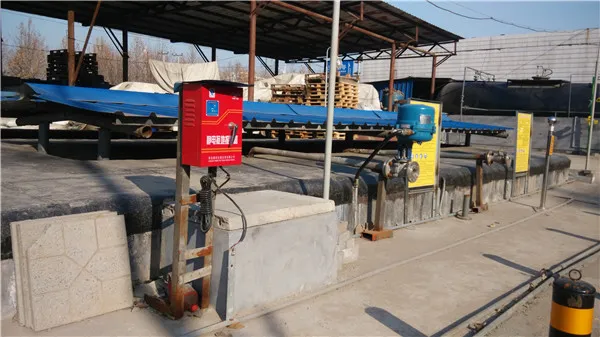Sodium Thiocyanate Solution Properties, Applications, and Safety
Sodium thiocyanate (NaSCN) is an inorganic compound that plays a crucial role in various industrial and laboratory applications. As a colorless, odorless solid, it is highly soluble in water, forming a clear and colorless sodium thiocyanate solution. This article explores the properties, applications, and safety considerations associated with sodium thiocyanate solutions.
Chemical Properties
Sodium thiocyanate is composed of sodium ions (Na⁺) and thiocyanate ions (SCN⁻). The thiocyanate ion is a versatile ligand, capable of forming complexes with various metals. The solubility of sodium thiocyanate in water is significant, reaching approximately 76 grams per 100 milliliters of water at room temperature. This high solubility makes sodium thiocyanate solutions particularly useful in a variety of chemical processes.
When dissolved in water, sodium thiocyanate dissociates into its constituent ions, which can participate in various chemical reactions. Its solution is slightly alkaline, with a pH ranging around 7-9. This property is beneficial in applications where a neutral to slightly basic environment is required.
Applications
One of the primary uses of sodium thiocyanate solutions is in the field of analytical chemistry. Sodium thiocyanate acts as a reagent in complexometric titrations, where it is used to detect the presence of heavy metal ions. When combined with iron(III) ions, it forms a characteristic red-colored complex, ferric thiocyanate, which can be quantitatively analyzed to determine iron concentration in a sample.
In addition to its analytical applications, sodium thiocyanate is also used in the synthesis of other chemicals. For example, it is a precursor in the production of thiocyanate derivatives, which are valuable in pharmaceuticals and agriculture. The compound's ability to act as a sulfur source makes it a key player in the synthesis of thiourea and other thiocarbonyl compounds.
sodium thiocyanate solution

Sodium thiocyanate solutions are also utilized in the realm of agriculture, particularly in soil and plant nutrition. As a source of sulfur and nitrogen, they can improve the fertilizer's effectiveness when applied to crops. The compound plays a role in various biochemical pathways, promoting plant growth and resilience against certain diseases.
Moreover, sodium thiocyanate has applications in the textile industry, where it is used in the production of synthetic fibers. It acts as a solvent and enhances dye uptake, leading to vibrant colors in textiles.
Safety Considerations
While sodium thiocyanate is widely used, it is essential to handle it with care due to its toxic and potentially hazardous nature. Ingestion or inhalation of the compound can lead to serious health effects, including respiratory distress, nausea, and even cyanide poisoning in extreme cases, as thiocyanate can be metabolized to cyanide in the body.
When working with sodium thiocyanate solutions, appropriate personal protective equipment (PPE) should be worn, including gloves, goggles, and masks. It is crucial to work in a well-ventilated area and to avoid any direct contact with skin or eyes. In the event of an accidental spill, it is vital to follow proper cleanup procedures, as outlined in Material Safety Data Sheets (MSDS).
Conclusion
Sodium thiocyanate solution is a versatile and valuable compound with numerous applications in analytical chemistry, agriculture, and industrial processes. Its unique chemical properties allow it to function effectively in various reactions and processes. However, safety precautions must be taken to minimize health risks associated with its use. As research advances and new applications are discovered, sodium thiocyanate will likely continue to play an important role in both scientific and industrial fields. Understanding its properties and proper handling is essential for anyone working with this compound to ensure safe and effective use.

